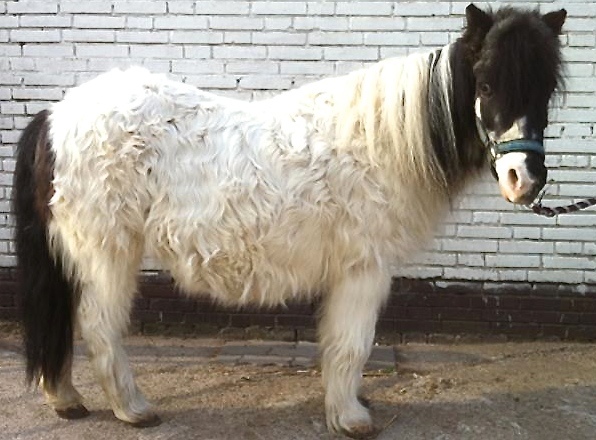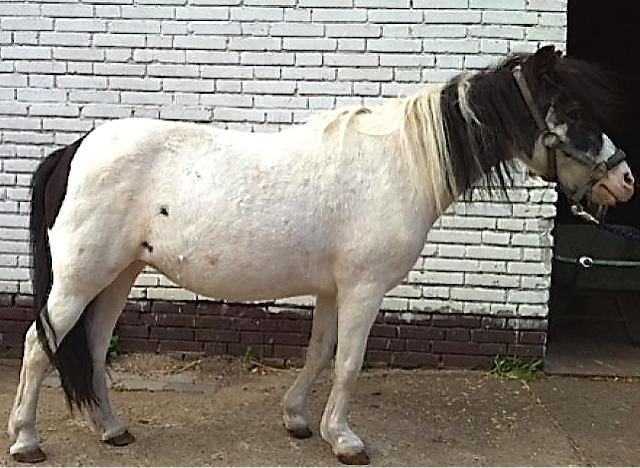Equine Cushing’s Disease, now known as PPID or Pituitary Pars Intermedia Dysfunction, is one of the most common problems affecting the endocrine (hormonal) system of horses and ponies. Cushing’s Disease also occurs in humans and other animals – quite commonly in dogs – but the symptoms and treatment are usually different.
Interest in equine PPID has increased significantly since scientists linked the disease to the occurrence of laminitis. It’s important to note that laminitis has a number of initiating causes, not just PPID, and these include obesity, ingestion of too much grain and infection from retained membranes in mares post foaling. Refer to our fact sheet on laminitis here.
What causes PPID?
Two glands at the base of the brain – the hypothalamus and pituitary – are responsible for the production of hormones. Nerve degeneration in the hypothalamus in older horses and ponies can cause decreased supplies of the neurotransmitter dopamine. This in turn impacts negatively on the pituitary gland and causes excessive production of hormones such as ACTH and cortisol.
Clinical Signs


On the left, Penny shows some of the typical symptoms of PPID (pot belly and long curly coat) and on the right, a sleek healthy Penny after her 6 month treatment plan. Images courtesy: www.talkaboutlaminitis.com.au.
Symptoms of Equine Cushing’s disease vary significantly. In addition to laminitis, clinical signs can include an abnormal hair coat (from excess shedding to a long, wavy overgrown coat), an increase in appetite, sweating, urination and drinking, pot belly and fat in unusual places including the area just above the eyes. Affected horses can be lethargic and weak.
While many horses have minimal symptoms and live reasonably successfully with the disease for years, diagnosis followed by monitoring and treatment if required can make a significant improvement to their well-being and general health.
Diagnosis
Any of the clinical signs above can point to possible PPID and the diagnosis is confirmed by blood tests. The most commonly used test for PPID is the Resting ACTH test – ACTH levels are abnormally high in horses with Cushing’s Disease.
Treatment
Medication acts directly on the dopamine-producing neurons in the hypothalamus. It helps to combat the effect of dopamine on the pituitary gland, bringing ACTH hormone levels back to more normal levels. It can take up to 12 weeks to see the full benefit of treatment.
Acknowledgement: some information in this article is drawn from the Boehringer Ingelheim Animal Health website Talk About Laminitis (www.talkaboutlaminitis.com.au).